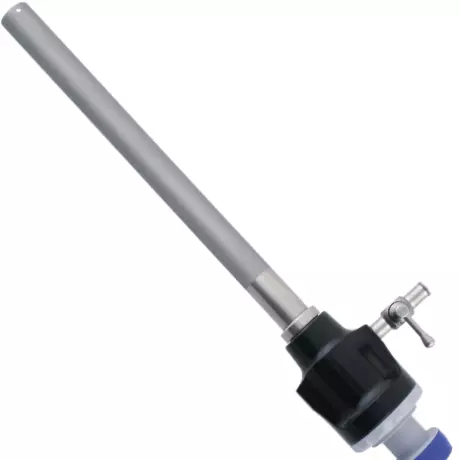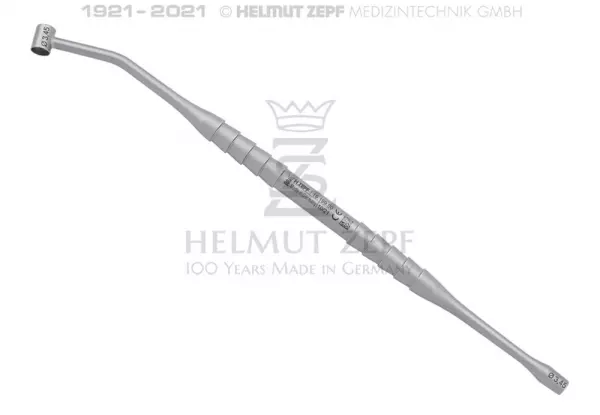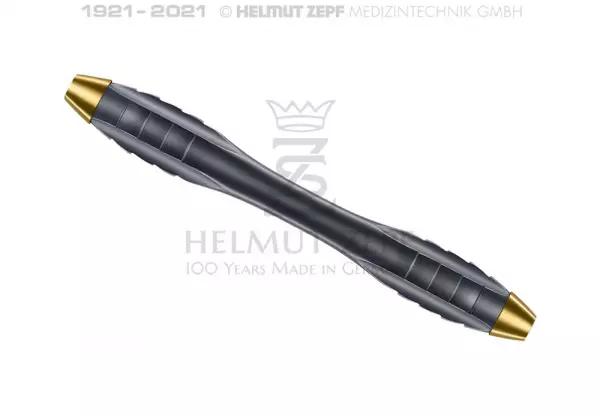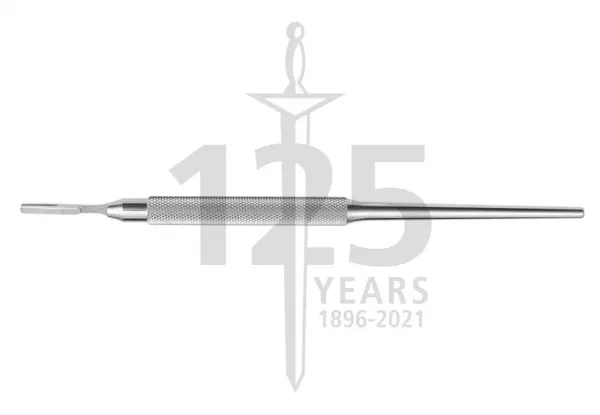
Devices and instruments for laparoscopy by...
Laparoscopy With a complete range of units and instruments for laparoscopy, Tekno-Medical has bec...
Portal and digital medical technology fair of the largest MedTech cluster in Germany

Devices and instruments for laparoscopy by...
Laparoscopy With a complete range of units and instruments for laparoscopy, Tekno-Medical has bec...

Brush Holder - Dental Instruments for Conservative...
Brush Holder - Dental Instruments for Conservative Dentistry 19.199.00 HAN...

Universal Handles for Dental Instruments...
24.080.01 HANDLE FOR MOUTH MIRROR, SOLID, SIMPLE THREAD, STAINLESS 24.086.01 HANDLE FOR MOU...

Scalpel Handles / Blades - dental...
Scalpel Handles / Blades - dental instruments from Schwert 1033-1...

Medical device handles are used to secure a medical implement to a patient. Improved handles can be used to hold multiple implements during a medical procedure. There are many types of medical device handles. Here are some examples. Each type of handle has its own function and application. Each type of handle may be made of different materials. Here are some examples of common types: Hospital door handle assemblies, Compression syringes, and elongate handle assemblies.
In one embodiment, a single handle comprises two parts, a movable internal grip 64 and a stationary internal grip 108. The handle can also include at least two side recess ports disposed on either side of the device. The side recess ports allow the medical device to move relative to the handle. When the handle is attached to the patient's skin, it can be folded up and used as a support.
An alternative embodiment of a medical device handles includes two separate parts. The upper handle portion 108 has a solid central portion 604, while the lower handle portion 110 includes a sheath 104. Both components of the handle may be connected to the elongate member 114. The sheath 104 is attached to the lower handle portion 110. The upper handle portion 108 may have a hollow ring 102.
Another embodiment of a medical device handle is one that is adapted to a locking mechanism. A first portion of the handle is connected to a proximal end of a sheath and a second portion includes a hole. The second handle is connected to the proximal end of the tube, which slidably sits within the sheath. The proximal end is attached to the second handle and in communication with the hole in the first part.
A medical device handle may include a locking mechanism. In an embodiment, a locking mechanism comprises a button or lever that engages with a portion of the device. The first portion of the handle includes a corresponding groove 704 and a depressible button. The second portion of the handle has a hole for engaging with the engaging member. The locking mechanism is typically engaged when the proximal end of the elongate member is inserted into the sheath.
A medical device handle comprises a first and a second handle portion. The first portion of the handle is connected to a sheath and the second part is connected to the elongate member. The second part of the handle is connected to the lower portion of the device. Typically, the upper and lower portions of the handle are separated by a notch on the elongate member. In this configuration, the control handle is located on the top of the elongate member.
Become a digital exhibitor yourself in the online portal of the largest and best-known MedTech cluster region in Germany and inform the world of medical technology about your products and services as well as about news, events and career opportunities.
With an attractive online profile, we will help you to present yourself professionally on our portal as well as on Google and on social media.